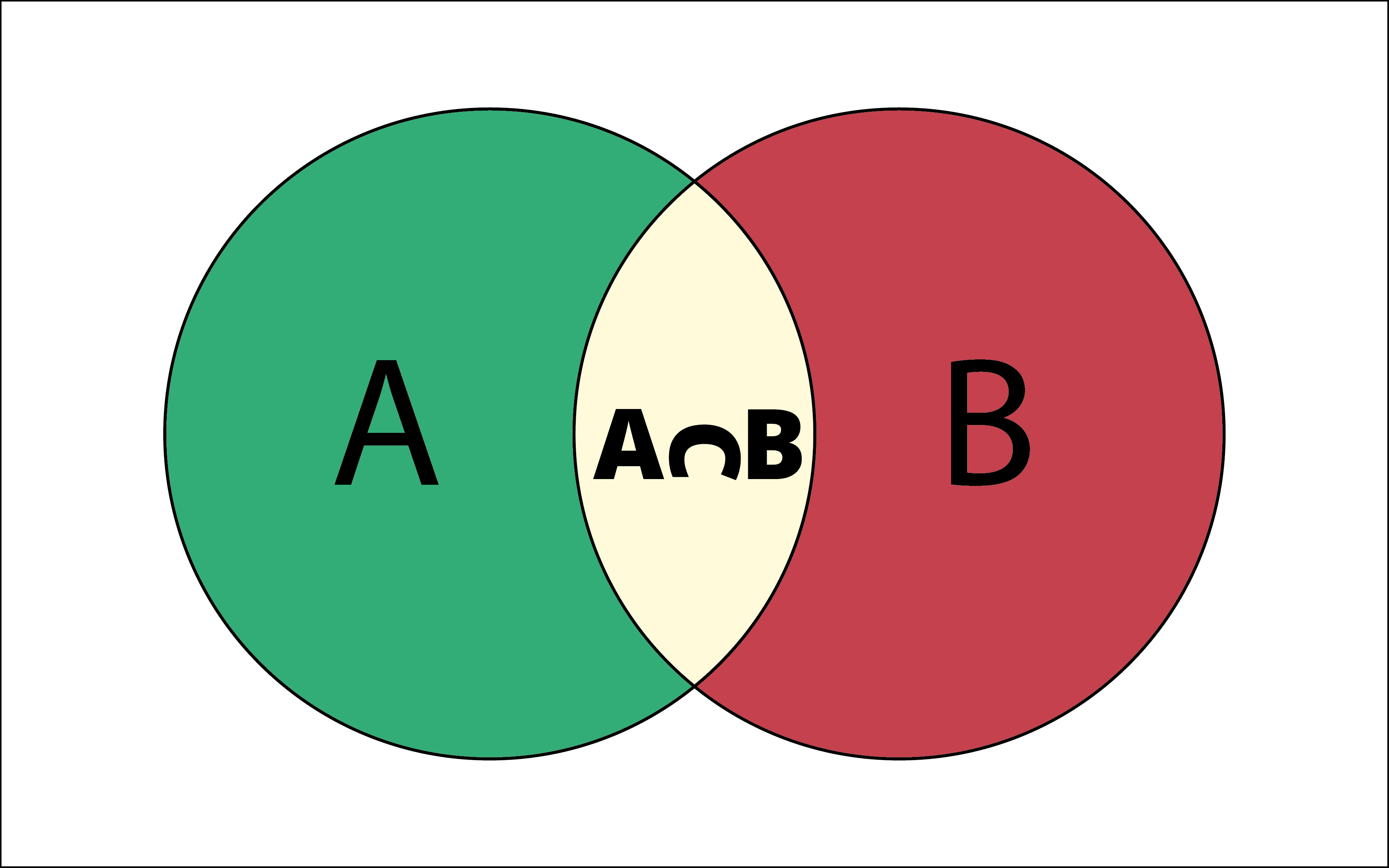-

Python File Handling
Python File Handling Table Of Contents: What Is A File? What Is File Handling? Check Whether The File Exist Or Not. How To Open Files In Python? Modes Of File Operation. How To Close Files In Python? How To Write Inside A File In Python? How To Read Files In Python? How To Delete A File In Python? How To Delete An Empty Folder In Python? How To Delete A Folder Containing Files In Python? (1) What Is A File? To store data or information permanently into your hard drive we generally use files. Files are the place where you
-

Python Modules
Python Modules Table Of Contents: What Is A Python Module? Creating A Python Module. Importing Python Module. The dir() Function. Import Using From Keyword. Import Module Using *. Locating Your Module. Renaming Your Module. (1) What Is A Python Module? If you want to make package of your code functionality and make it available to others , then you can use the concept of python module. A module can define functions, classes, and variables inside it. It can also include executable code in itself. Grouping related code into a module makes the code easier to understand and use. A Module
-

Python Built-In Functions
Python Built-In Functions (55) reversed() Definition: The reserved() function returns a reversed iterator object. Syntax: reversed(sequence) Parameter Values: sequence = Required. Any iterable object. Examples: alph = ["a", "b", "c", "d"] ralph = reversed(alph) for x in ralph: print(x) Output: d c b a (56) round() Definition: The round() function returns a floating point number that is a rounded version of the specified number, with the specified number of decimals. The default number of decimals is 0, meaning that the function will return the nearest integer. Syntax: round(number, digits) Parameter Values: number = Required. The number to be rounded digits
-

Python Built-In Functions
Python Built-In Functions Table Of Contents: What Is A Built-In Function? Different Built-In Functions. (1) What Is A Built-In Function? A built-in function is a function that is already available in a programming language, application, or another tool that can be accessed by end users. The end user can directly call the function to use it. But you must know how the function works. (2) Different Built-In Function? Python provides total of 69 built-in functions. Let’s discuss them one by one with examples. (1) abs( ) Definition: The abs( ) function returns the absolute value of the specified number. Syntax:
-

Python User Defined Functions
Python User Defined Function Table Of Contents: What Is A User Defined Function? Creating User Defined Functions. Calling User Defined Functions. Function With Return Type. Parameterized Functions. Default Arguments. Keyword Arguments. Variable Length Arguments. Pass By Reference Or Pass By Value. (1) What Is A User Defined Function? A function is a set of statements that take inputs, do some specific computation and produce output. The function which is written by the user is called User Defined Function. The function which comes by default from the programming language are called inbuilt functions. The sole purpose of creating function is to
-

Python Dictionary
Python Dictionary Table Of Contents: What Is A Dictionary? How To Create A Python Dictionary? Accessing Dictionary Elements. Looping Through Dictionary. Adding Elements To Dictionary. Updating Values In Dictionary. Removing Items From Dictionary. Copying A Dictionary. Deleting A Dictionary. (1) What Is A Dictionary? Dictionaries are used to store data in key:value pairs. Key is used to uniquely identify each value. Dictionary preserves the order of the elements stored. Dictionary do not allow duplicate elements to store. Dictionary is mutable in nature, that means we can add,remove or update the values of Dictionary without creating a new memory location. (2)
-

Python Sets
Python Set Table Of Contents: What Is A Set Data Type? How To Create A Set In Python? Accessing Set Elements. Adding Items Into A Set. Removing Elements From The Set. Mutable Nature Of Set. Looping Through Set. Joining Sets. Deleting A Set. (1) What Is A Set Data Type? Sets are used to store multiple items in a single variable. Set can store heterogeneous elements inside them. A Set is an unordered collection data type, that means set will store your elements in a random order. Set is a mutable data type, that means you can add, remove, update
-

Python Tuples
Python Tuples Table Of Contents: What Is A Tuple? How To Create A Tuple In Python? Immutability Nature Of Tuple. Accessing Tuple Items. Tuple Membership Test. Updating A Tuple. Unpacking A Tuple. Joining Tuples. Slicing A Tuple. Deleting A Tuple. (1) What Is A Tuple? Tuples are used to store multiple items in a single variable. Tuples can store heterogeneous elements inside them. Tuples keep elements insertion order as it is. Tuples can store duplicate elements inside them. Tuples are immutable in nature, meaning that we cannot change, add or remove items after the tuple has been created. (2) How
-

Python List
Python Lists Table Of Contents: What Are Python Lists? Creating A List In Python. Accessing Elements From the List. Getting The Size Of The Python List. List Membership Check. Adding Elements To A Python List. Removing Elements From The List. Reversing A List. Sorting A List. Joining A Lists. Copying A Lists. Slicing A List. List Comprehension. (1) What Are Python Lists? Lists are used to store multiple items in a single variable. Lists are created using square brackets [ ] and elements are separated using a comma ( , ). Lists need not be homogeneous always which makes it
-

Python Strings
Python Strings Table Of Contents: What Is Python String? Data Type? Multiline Strings Array Of Strings Looping Through String Length Of String String Membership Check String Slicing String Updation String Concatenation String Repetition String Formatting (1) What Is Python String Data Type? The string is a sequence of characters. Generally, strings are represented by either single or double quotes in Python. A String data type can be of any length. Starting from an empty string to a paragraph. Examples str1 = "" #Empty String str2 = "A" #Single String str3 = "Hello" #Single Word String str4 = "Hello World" #Double
